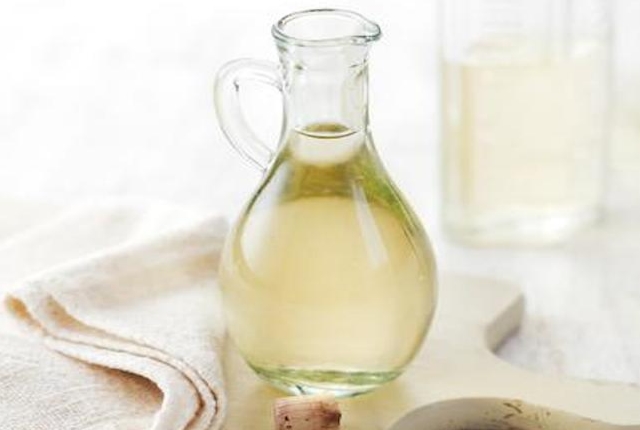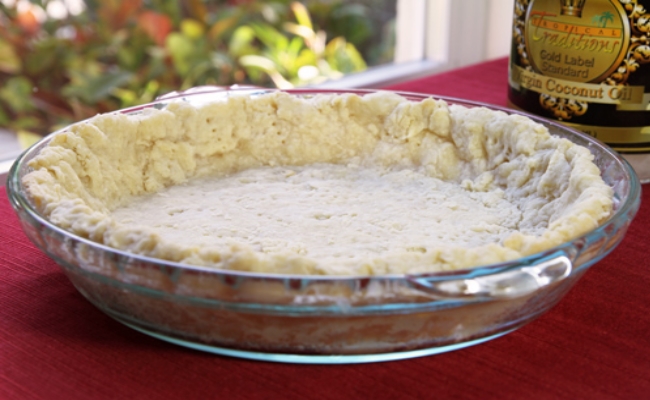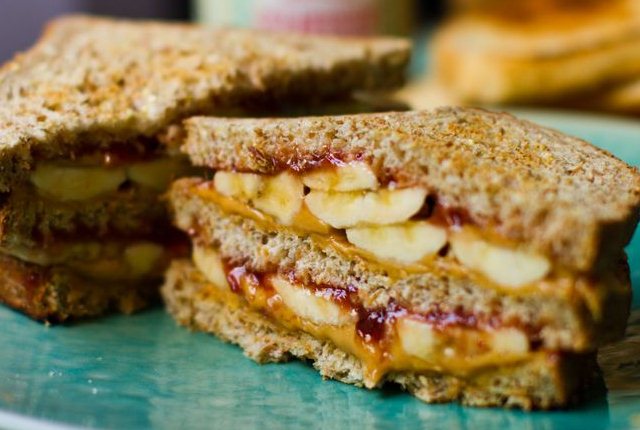Tinea versicolor is a skin infection caused by fungus and is characterized by rashes on the proximal extremities and trunk of the body. The rashes often produce white or tan patches on the skin which then blend to form large patches. These patches usually appear on the oily parts of the body like back, chest, under breast, neck, upper arms etc.
At times patient may experience fine scaling on the skin and may have itching sensation and pain. The disease is caused by a harmless fungus that normally resides on human skin but when exposed to favorable conditions like humid and hot climate and foods that provide substrate for fungal growth like carbohydrate rich foods, multiply very fast and cause the disease.
Tinea versicolor, if left untreated may develop into itchy, red bumps and discolored patched on the skin. There are many treatments for tinea versicolor such as anti-fungal ointments, anti-fungal medications, anti-fungal shampoos etc. However, with the use of these medicines, the symptoms subside quickly, but it may reappear at any point of time. Hence, it’s better to control tinea versicolor through proper diet that can get rid of this skin condition naturally.
Food That Should Be Avoided
1. Sugar
Sugar is present in many foods that we consume in simple and complex forms. Sugar act as a fuel for the growth of mold and yeast. Hence, it is necessary to avoid sugar to fight with this microorganism effectively. It is better to avoid sweet foods to get rid of this skin condition. White flour and the products made out of white flour also should be avoided.
2. Vinegar
Vinegar, which is widely used in many ketchup, salad dressing and mayonnaise, is made from old wine, which is concentrated with yeast. So vinegar should be avoided from the tinea versicolor diet.
3. Barley Malt
Barley malt, which is a popular ingredient in many types of bread, as well as in cereals and grain based breakfast, is actually a by-product of beer industry. Thence, barley malt support yeast growth and should be avoided.
4. Baked Foods
Baked foods use baker’s yeast for its preparation. Baker’s yeast is made from ground grain infused with yeast, which hasten the yeast growth and cause the dough to puff up. Thus baked foods support yeast growth and heighten the tinea versicolor symptoms.
5. Fruits And Nuts
Fruits are the major source of natural sugar fructose, hence will accelerate the mold or yeast growth. Similarly nuts like peanuts supports the growth of mold spores, therefore should be eliminated from the diet.
6. Alcohol
Alcoholic drinks especially beer undergo a fermentation process with the help of yeast. The consumption of such drinks triggers the yeast growth and worsens the condition.
Food That Aan Be Included In The Diet
7. Yogurt
Yogurt should be a part of the patient’s daily diet, as it helps to maintain a good balance between the healthy bacteria on the body and the fungi and thus prevents the excessive growth of fungi and prevent the infection.
8. Raw Vegetables, Raw Fruits And Whole Grains
Raw vegetables, raw fruits and whole grains if taken in considerable quantities will enhance the immune system by providing antioxidants to the body. Include broccoli, green beans and green leafy vegetables in your diet at least four times a week to prevent the fungal infection. Similarly raw pumpkin seeds, sweet potatoes, onion, citrus fruits etc. are also good for treating tinea versicolor. The whole grain variants of couscous, rice, pasta and oatmeal are good substitutes for such patients.
9. Garlic
Garlic has got very good anti-fungal properties. Inclusion of two or three cloves of garlic in the meal helps to check the growth of tinea versicolor symptoms. Patients can also take two raw cloves of garlic daily to prevent the recurrence of the infection. Similarly chewing cloves or drinking clove tea, lemon juice or a teaspoon of baking soda or apple cider vinegar in a glass of water helps to reduce the fungal growth. Apart from following a diet that would suppress tinea versicolor symptoms, apply tea tree oil on the affected areas.
Also avoid taking long baths, rather take a brief shower in lukewarm water and dry your skin thoroughly. Take care to change and wash your clothes, bedding and towels before using them again, as the causative agent will remain on the clothes and towels and contaminate your skin again. Ensure that you are washing them in hot water, as it will help to kill the remaining fungi on them. Take care to stick on to your diet for few more weeks even after the symptoms subside, as it helps to ward off the fungal infection completely and prevent its reoccurrence.
Caution: Please use Home Remedies after Proper Research and Guidance. You accept that you are following any advice at your own risk and will properly research or consult healthcare professional.










